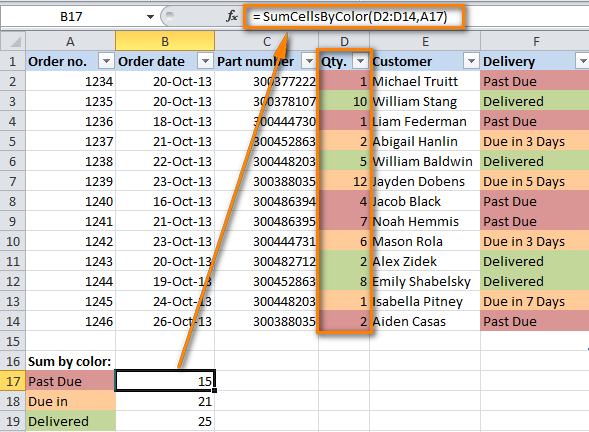

Your macro is now able to use on each new sheet you add to your workbook. Then, paste that into the cells in rest of the column. Then in the next cell down, enter =Average(B2:F2). Then in the header add Average after the last column. Then copy and paste that into the rest of the columns. In the cell next to it, enter =SUM(B2:B10). Click okay to start setting up the macro.Īt the bottom of the hourly listings enter Daily Totals. You can enter a description if you need more details on what the macro does. In the dialog enter the name as AverageandSum and leave it stored in This Workbook. (If you don't have data to populate this sheet, you can enter =RandBetween(10,1000) in all the cells to create dummy data.) Next, click on Developer in the Ribbon. Then fill out your sales data for the day. Your sheet should match the screenshot above.Īdd a new tab, and copy your template into it. I used 24-hour time, but you can use AM/PM notation if you prefer. Then in the first column put a break down of hourly totals from 8-5. Across the top add Monday through Friday. Using this first blank as a template to copy into a new tab each day could save you some time. If you work in retail or other sales position, this is a helpful sheet to track revenue. Your macro is going to add a daily sales total, and then add an average in the last column of each hourly period. Click on your macro name and click Run to run your recorded actions.Įxample 1: Daily Sales Total and Hourly Averageįor an example macro, you are going to run through a daily sales sheet, with the sales broken down by hourly totals. Clicking macros will bring up the saved macros in your workbook. Once you record your actions, they are available on this same tab. The Personal Macro Workbook is in your user profile and lets you use your macros between your files. You can scope your macro to the Current Workbook, a New Workbook, or in your Personal Macro Workbook. Click this, and a dialog pops up allowing you to name your macro and set a keyboard shortcut. If you want to modify the rulem, you can get back to the Manage Rules dialog box by choosing Conditional Formatting from the Formatting menu.You're looking for the third option in the Ribbon, Record Macro. Click OK once more to see how the selected cells look once the rule is applied: As you can see, this rule will be applied to the range selected.Once you've finished configuring the conditional rule as shown above, click OK to save the new rule. The Format With option lets you choose from several pre-set formatting rules (we'll choose green fill with dark green text for our example) or to choose a custom format. The formula shown, =MOD(ROW(),2)=0 checks to see if a row is an even numbered row You should have entered the formula as shown, and then selected a formatting option from the Format With dropdown box. Next, change the formatting option from the default of Format only cells that contain to Use a formula to determine which cells to format, which is the last option shown in the dialog box below:įinally, configure the options to look like the following screenshot. Once you have chosen the Classic formatting rule style, the New Formatting Rule dialog will change to show you the related options: In our case, we need the Classic option from the list shown in the screenshot below: The dialog box defaults to 2-color Scale.

The New Formatting Rule dialog box will then be displayed as follows. Note that you can also choose Conditional Formatting from the Format menu. In our case, we are skipping the presets (the first five options) and setting up a New Rule. Then, click the option you want from the drop down list. Select the range of cells you want to format with alternat row shading.Ĭlick the Conditional Formatting button on the Home menu It is a bit convoluted, but works well once you follow these steps. The way it works is to check to see if the current row number is an even number, and then format the even numbered rows with a formatting colour/shading of your choice. This method uses the conditional formatting option in Excel that allows you to set the format of a cell or range of cells based on the outcome of a formula. Configure alternate row shading in Excel 2011 for Mac This lesson shows you a quick and easy way to do it on Excel 2011 for Mac. There are a number of ways you can achieve this. If you are working with large tables of data in Excel, you can make your spreadsheet easier to read by formatting alternate rows to be shaded a different colour.


 0 kommentar(er)
0 kommentar(er)
